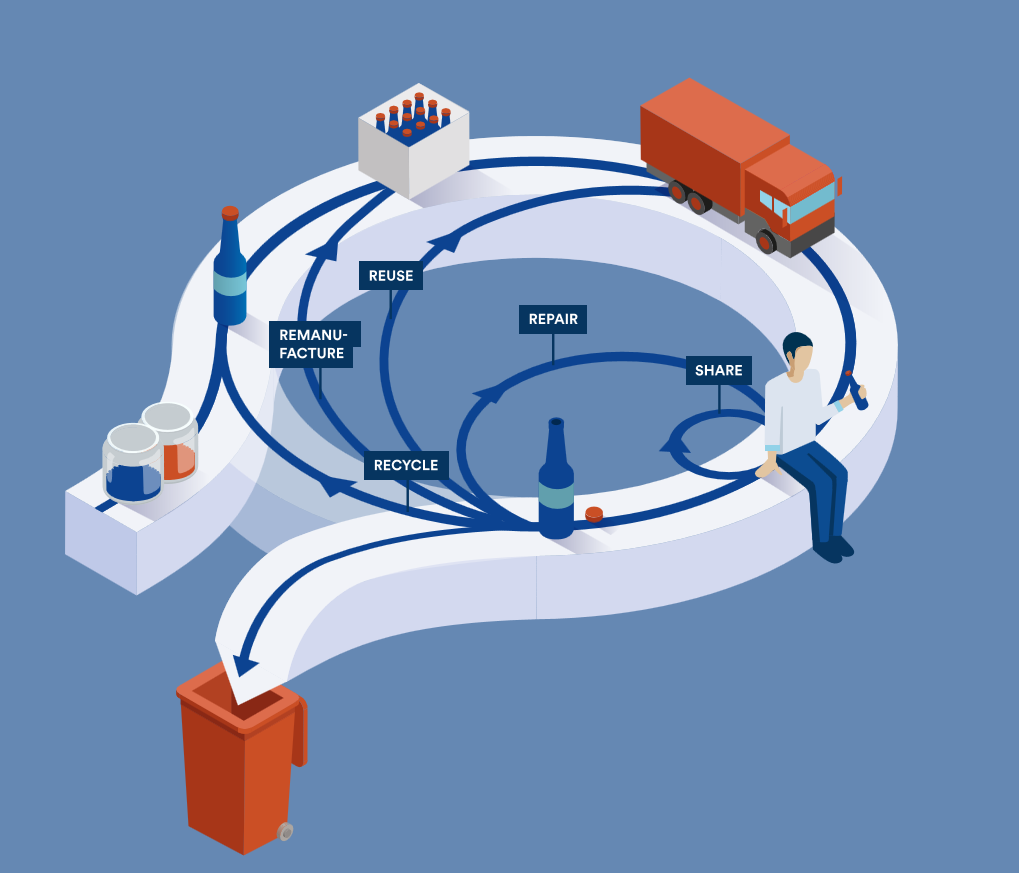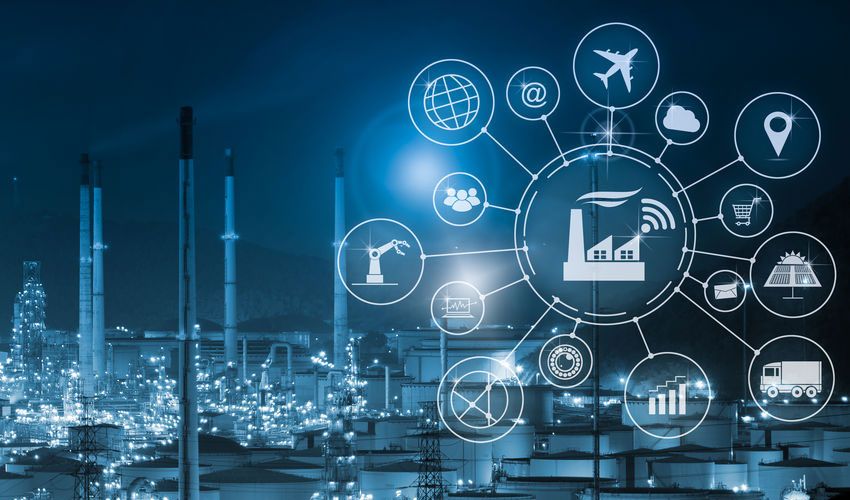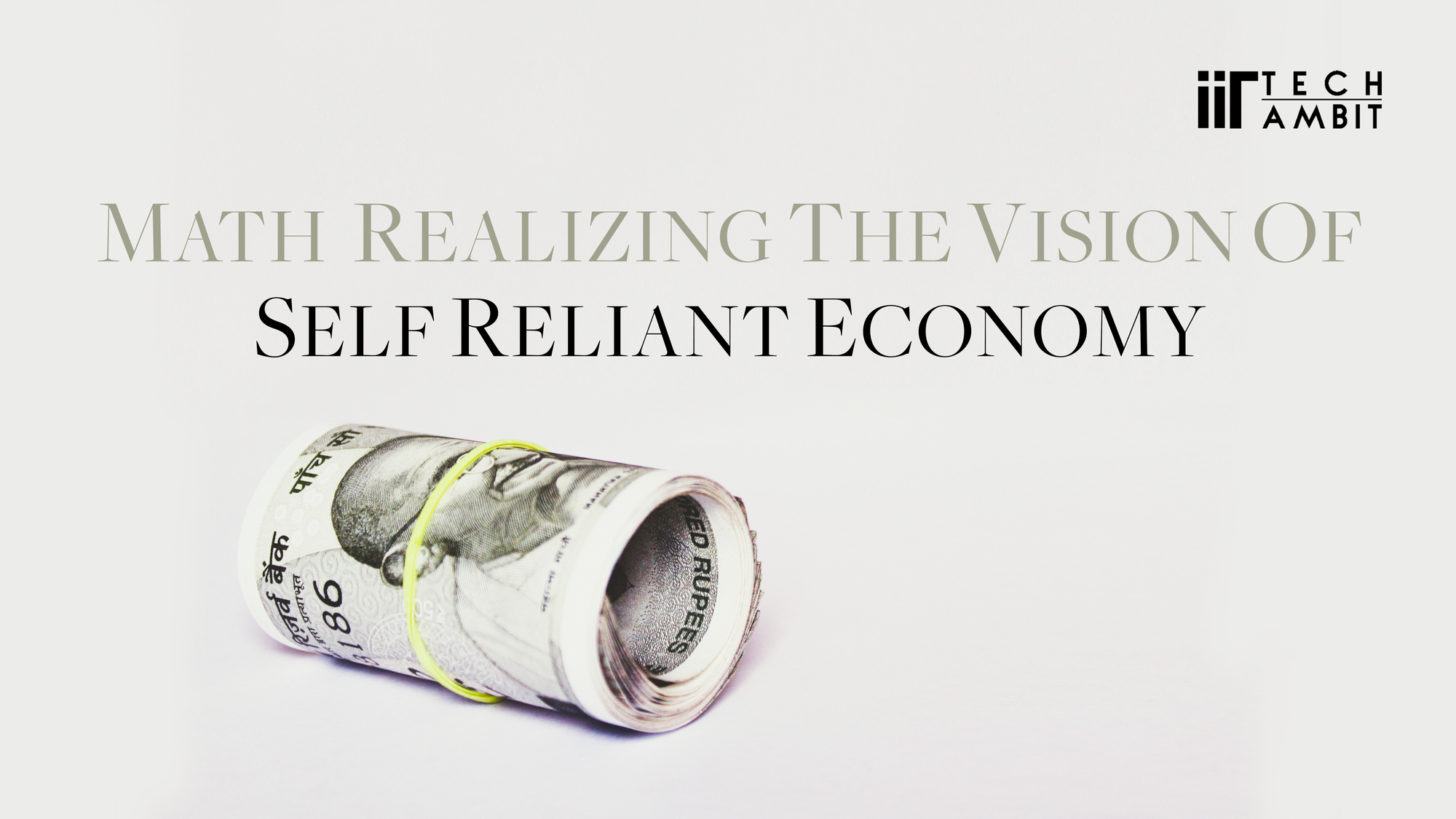Development is arguably the canniest term, coined in almost every conversation ranging from high-level bureaucratic meetings to lunchtime chatters. Development is not just limited to its most apparent perceptions like infrastructure, economic strategies, and prudent policymaking but also expands to the idea of well-being, satisfaction, and happiness, making it pivotal to our lives.
Coronavirus pandemic proved to be a speed-breaker to the overall pace at which the world was operating, severely affecting economies around the globe. India was one of the countries worst hit by the pandemic. From the steep rise in unemployment rates to 12% during the April-June quarter of 2021 to a significant contraction of 7.3 % in the April-June quarter of this fiscal year depicts the aftermath of the pandemic, which altered our lives forever.
Around this time, when India was experiencing the pandemic, creating challenges in almost all spheres, our leadership re-introduced us to the idea of self-reliance being the most efficient way to recover our ailing economy. It almost immediately grabbed huge attention and praise from experts, policymakers, and citizens across the nation.
In this article, We'll try to understand the meaning, implementation, and impact of a self-reliant economy.

What Is a Self-Reliant Economy?
Over the past 100 years, changes in the economy and society generally have led to less self-sufficiency. Increasing centralization and globalization of production means you can buy almost anything ready-made, but it is not likely to be made locally. On the one hand, it has opened up a plethora of opportunities and options; on the other, its brutal impact on society and local businesses is evident.
An Economy is said to be self-reliant when it can meet its essential needs, including protection, food, water, shelter, personal safety, health, and education in a sustainable manner.
The aim behind proposing the idea of self-reliance for our economy were:
- A step up in public spending and investment aims to promote the welfare and raise the investment rate.
- Policy reforms that aim at making the domestic economy more globally competitive.
- A long-term structural shift, making the economy more "self-reliant" and less dependent on the world economy.
Benefits of Self-Reliant Economy.
The most basic interpretation of the term self-reliance yields that it aims to develop and strengthen the livelihoods of persons of concern and reduce their vulnerability and long-term reliance on humanitarian/external assistance. This implies in an adverse situation like a pandemic; we can mitigate the economic loss and financial stress to a decent extent.
Self-reliance provides the basis for Durable Solutions and a foundation working towards Sustainable Development Goals leading to a healthy economy, happy citizens, and a clean environment.

Industry 4.0
Industry 4.0 is the buzzword grabbing attention these days, which refers to the 4th Industrial Revolution.
The term "Fourth Industrial Revolution" was coined by the founder of the World Economic Forum, a former professor named Klaus Schwab. Schwab wrote a book with that title to describe an era marked by a:
"Technological Revolution that is blurring the line between the physical, digital, and biological spheres."
Today we see sophisticated technologies like artificial intelligence, autonomous vehicles, or the Internet of Things are becoming ingrained in our day-to-day lives.
This shift in paradigm from Industry 3.0 to Industry 4.0 has accelerated in the past few years, with internet accessibility spreading throughout the nation.
To deal with this shift, there is a need to pro-actively design strategies that enable our businesses to incorporate requisite changes and aid our workforce to gain requisite skills to survive in this new era driven by technology.
The research paper: Circular Economy and Cleaner Production
In Conversation with Mrs. Shubhangini Rajput (Research Scholar at Department of Management Studies IIT Delhi)
Math Model
In this context, Industry 4.0 is progressing exponentially and offers a productive output in terms of circular economy and cleaner production to attain ethical business by achieving accuracy, precision, and efficiency. Hence, we need to revamp the traditional manufacturing set-ups into smart manufacturing to gain self-adaptability, reliability, and flexibility with high quality and low-cost output.
The paper proposes a mixed-integer linear programming (MILP) model for Industry 4.0 set-up to achieve circular economy and cleaner production by optimizing products-machine allocation. The proposed MILP model optimizes the trade-off between energy consumption and machine processing cost to gain a circular economy and cleaner production. The proposed model also achieves ethical business by deploying sensors to capture real-time information to establish the Industry 4.0 facility.
What were the parameters which were used to formulate the mathematical model, and why?
Parameters used for modeling are Energy Consumption, Processing time for a product, sensor price and maintenance cum calibration Cost for sensors.
What are the assumptions used for developing this model?
In order to derive the requisite mathematical model which aims at taking the Indian manufacturing Industry sector towards Industry 4.0 the following assumptions were used:
- The industry knows where plant and warehouse location is where industry 4.0 is to be.
- Maintenance of sensors is done annually
- Stocking not required: No inventory left in our warehouse
- Each machine can produce more than one type of products
- No capacity constraint machine can produce any no. of products
What kind of data was collected and used for creating the mathematical model?
Since Industry 4.0 production techniques are not prevalent in our country data from developed nations was taken into consideration and extrapolated after necessary assumptions and modifications. Some of the data sets which were used:
- Randomly generated data from manufacturing industries
- Market studies, research papers, blogs of countries where Industry 4.0 is actually implemented for cost analysis
- Data from German companies which adopted Industry 4.0 methodology
Why the idea of the circular economy and self-reliant economy goes hand in hand?
There are 3 exclusive benefits of adopting this model which ensure the overall development of our society.
- Economical: optimizing cost by efficient production and less wastage
- Eco-friendly: sustainable ways of production incorporated leading to lesser carbon emissions and greener production
- Social: taking care of customer satisfaction and improved quality by aiming at maximum possible room for customization of manufactured products through adopting sophisticated machinery


